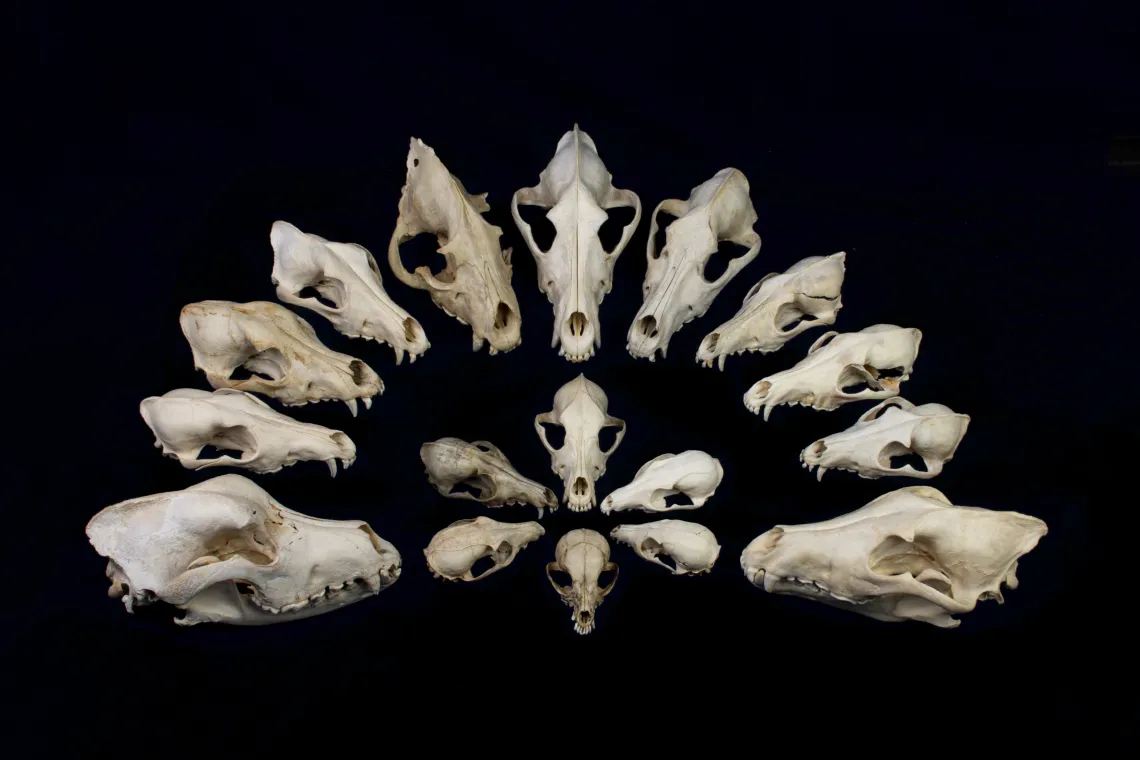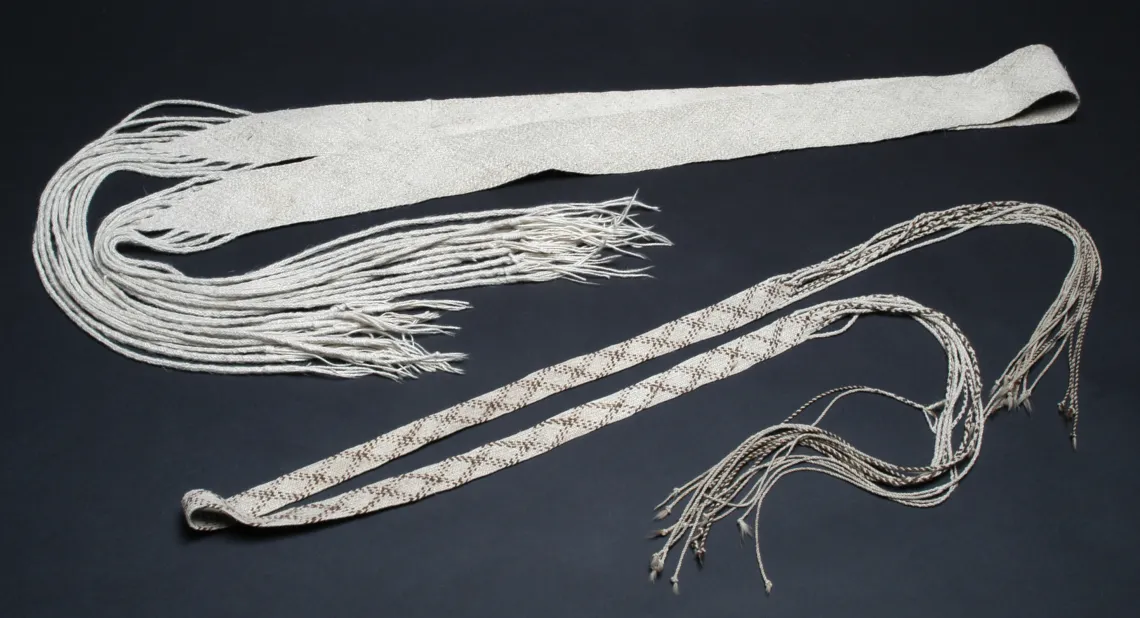
What is a Dog?
Dogs (Canis familiaris) were domesticated over 15,000 years ago from the grey wolf (Canis lupus). Dogs are unique among animal domesticates in both their extreme morphological variability and the number of roles they serve within human communities. The diversity of size and physical proportions seen in dogs are strongly linked to the roles they play in human communities. Despite their lengthy history with human communities, and morphological variability, it can be difficult to identify domestic dog remains in the archaeological record, and to understand the contributions dogs make to specific human communities. Our research on dogs focusses on 1) methodological research to improve our ability to identify dog remains, and 2) studies of dogs and their roles in human communities in the past.
Identifying Domestic Dogs
Many methods have been used to differentiate dog remains from those of wild canids. However, these were frequently developed specifically to tell dogs and wolves apart and are often heavily dependent upon size. The variability in more recent dog’s physical morphology makes it challenging to identify traits which distinguish them from similarly sized wild canids, like coyotes. By studying collections of modern dogs and wild canids (above) we test and develop methods for identifying dog remains.

Dogs in Past Societies
Dog skeletons hold clues for understanding their place within human cultures. Examining dog size, physical characteristics, and health provides avenues through which to better understanding the ways in which these animals contributed to human existence in the region and identify changes in these roles over time. We have studied selection on dogs for use in transportation in the Americas, and more recently the emergence of livestock guarding dogs in Croatia. Along with Edward Jolie, Sandra Koch, and graduate students Amanda Semanko and Jennifer Byram, I am now studying dogs and other animals as sources of material used in producing textiles.
Check out the coverage of our research at Science Magazine





